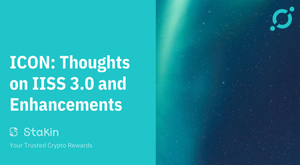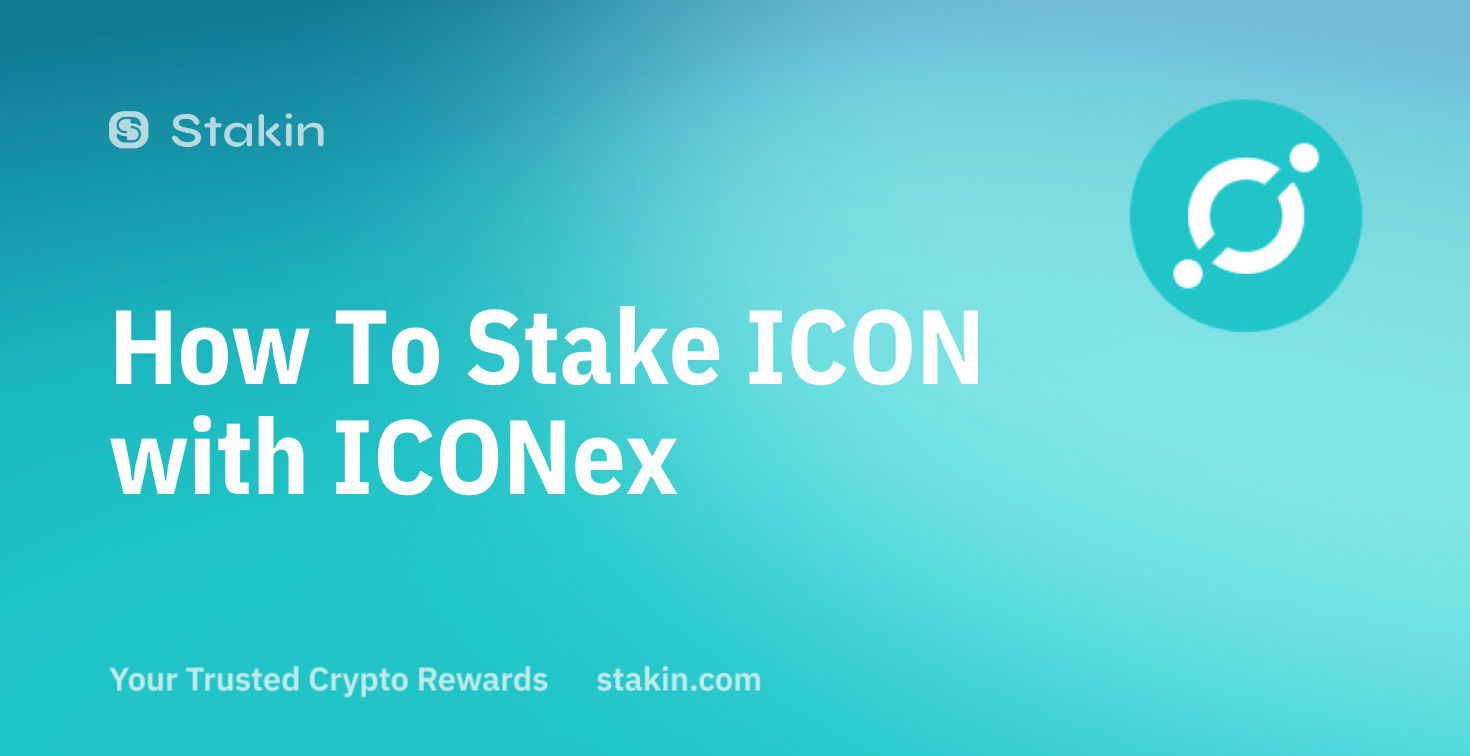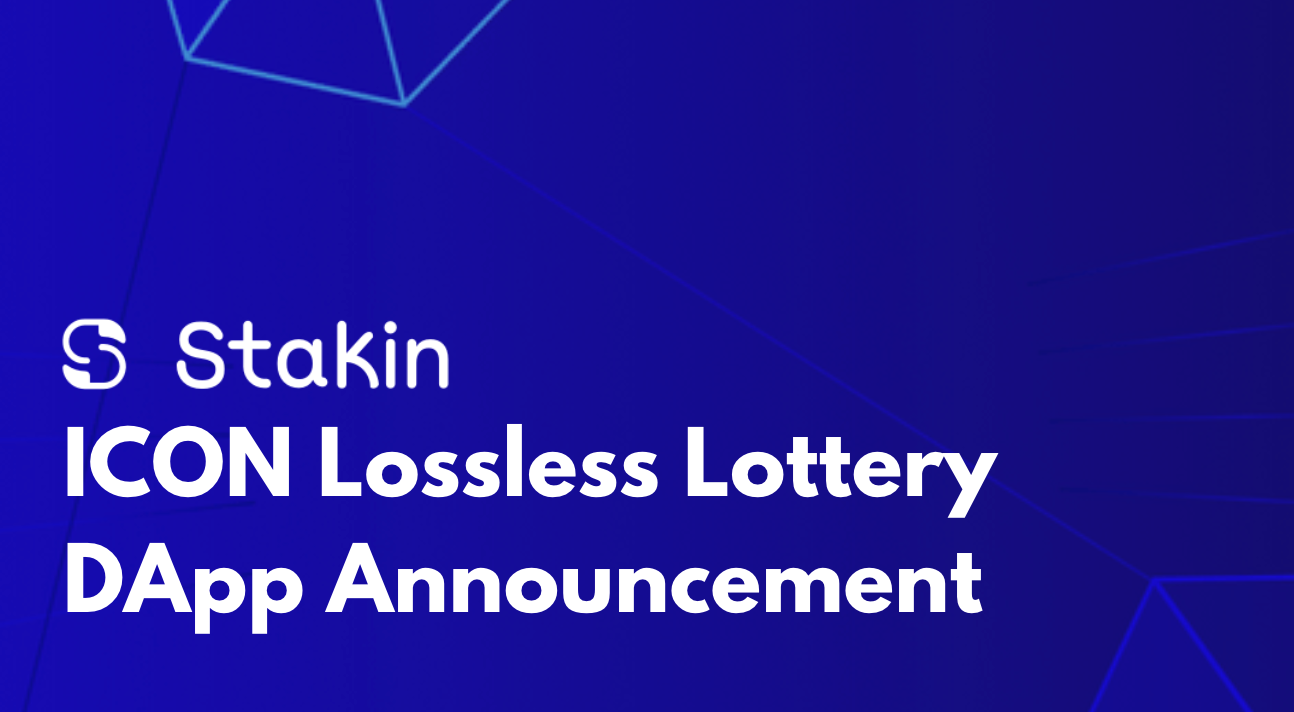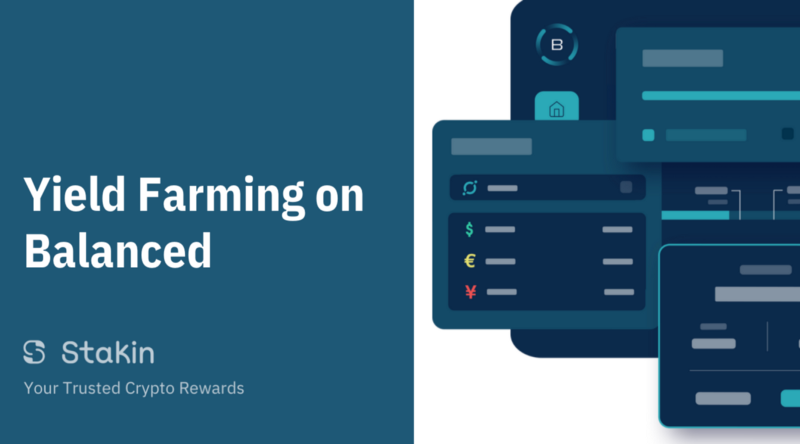Hi Iconists 👨🚀,
It has been 5 months since ICON decentralization. The Foundation and P-Reps have been able to test the benefits and limits of current IISS. As a Main P-Rep, Stakin has been validating since October and we are happy to share our thoughts for the future IISS. If you do not know what is IISS or why it should evolve, below is a short recap. After this recap, we will share some of our views. If you want to share yours, there are also two discussions happening on the forum: Open discussion for IISS enhancements, and IISS Enhancements.
🤓 What is IISS?
IISS stands for ICON Incentives Scoring System. It is the system that measures contributions and creates incentives for network participants. ICON is currently running on IISS 2.0, for which you can find a detailed description here. IISS is the system creating incentives for Iconists to stake their tokens. It is also through this system that P-Reps earn rewards for their work.
🤔 Why should IISS evolve?
These first months of decentralization have enabled the community to gather data and measure the effectiveness of IISS 2.0. The truth is that IISS is a great system, and it is working very effectively: 22 Main P-Reps with 99%+ uptime, 100+ P-Reps in total. Yet, like any system, IISS can be improved.
- Votes are concentrated among top 3 (32.6%) / top 5 (44.8%) Main P-Reps, with a virtuous circle for the Top teams;
- Some P-Reps may have interests that are not aligned with the ones of the community;
- There is an incentive for P-Reps to buy votes, and vote-buying has already happened;
- Need to incentivize product building on Icon blockchain.
💬 Our thoughts on key ideas
Bond requirement 💯
If there is a bond requirement, P-Reps will have to maintain a self-bond corresponding to a % of the total delegation received. From our experience with other blockchains, we believe that this idea could greatly improve the ICON ecosystem:
- ✅ Pro: With “skin in the game”, P-Reps interests become fully aligned with the community
- ✅ Pro: The maintenance of a % of total delegation means that large P-Reps would need large self-bonds. Because of this, we expect to see more decentralization.
- ✅ Pro: It incentivizes P-Reps to stake in order to maintain their bond, which means less dumping from the big guys. With less sell pressure, $ICX price might even increase.
- 🔻Con: Incentivizes P-reps to become custodians in order to scale. It also incentivizes custodians and centralized exchanges to become P-Reps, giving them an extra edge over pure community players.
➡️ We support this idea and would suggest implementing it through a 12 to 18 months period. Such a timeframe would enable current P-Reps with low financial means to stay in the game. The self-bond requirement could progressively increase from 0% to 10% during such a period.
Voter behavior 😐
The foundation is thinking about creating economic incentives to vote for lower-ranked P-Reps. With such a proposal, the annual staking yield offered to voters would be higher at lower-ranked P-Reps. Although we are strong supporters of decentralization mechanisms, we are quite mixed on this idea:
- ✅ Pro: Higher yield at lower-ranked P-Reps would create strong incentives to delegate to them. This will help decentralize the network.
- 🔻Con: Might create a free-rider problem, with lower-ranked P-Reps less incentivized to contribute. They will already be gaining votes passively through this higher yield mechanism.
- 🔻Con: Might create the incentive for large P-Reps to launch multiple P-Reps in order to keep their market shares.
➡️ We believe that this idea is great, but it should be combined with a proportional slashing mechanism. Otherwise, we might see one operate multiple P-Reps in order to maximize rewards. We might also see passive Sub P-Reps.
💡Proportional slashing: voting for one of the Top P-Rep would carry additional slashing risk % in case of downtime. Also, in the case of coordinated downtimes, slashing % increases. This would disincentivize voting for passive P-Reps without conducting proper due diligence. It would also disincentivize voting several times for the same person operating multiple P-Reps.
Contribution Proposal System 💯
The Contribution Proposal System (CPS) is a governance and funding mechanism to support contributions to the ecosystem. The foundation is almost done writing the amended CPS Paper. To get to know more about the past version of the CPS, you can check this paper. It should enable any Iconists to apply for funding, and the decision to grant funding will be decided by Main P-Reps. The funding mechanism of the CPS fund is still being debated. The idea is that there will be a monthly amount of ICX available, and part of these ICX might come from Main P-Reps. We are very supportive of the CPS:
- ✅ Pro: It is an easy mechanism for builders to get financing for their projects;
- ✅ Pro: It empowers Main P-Reps and decentralizes the decision from the Foundation to the community.
- ✅ Pro: It ensures that a portion of the funds from Main P-Reps is used to finance community projects.
➡️ We support this idea and cannot wait to check the new CPS Paper 🥳
Update 17th of May 2020: here.
Conclusion
With ICON Incentives Scoring System 3.0 coming ahead, we decided to share some of our thoughts with the ICON Community. We believe that IISS 2.0 is great and that IISS 3.0 is bringing some key improvements to the network. We support the idea that P-Reps should have a bond requirement, we believe that we should incentivize voter behavior towards decentralization, and we cannot wait to see the new Contribution Proposal System Paper. 🌕
Get to know more about ICON
- Stakin P-Rep Proposal
- ICON Website
- ICON Tracker
- The Iconist (dedicated media about ICON and its ecosystem)
- Github
- ICON Official Telegram Channel
- ICON Non-Official European Community Telegram
- Stakin Medium on ICON
- Daily updates about ICON
- Community Contribution Proposal System 2.0
DISCLAIMER: This is not financial advice. Staking, delegation, and cryptocurrencies involve a high degree of risk and there is always the possibility of loss, including the loss of all staked digital assets. Additionally, delegators are at risk of slashing in case of security or liveness faults on some protocols. We advise you to do your own due diligence before choosing a validator.



